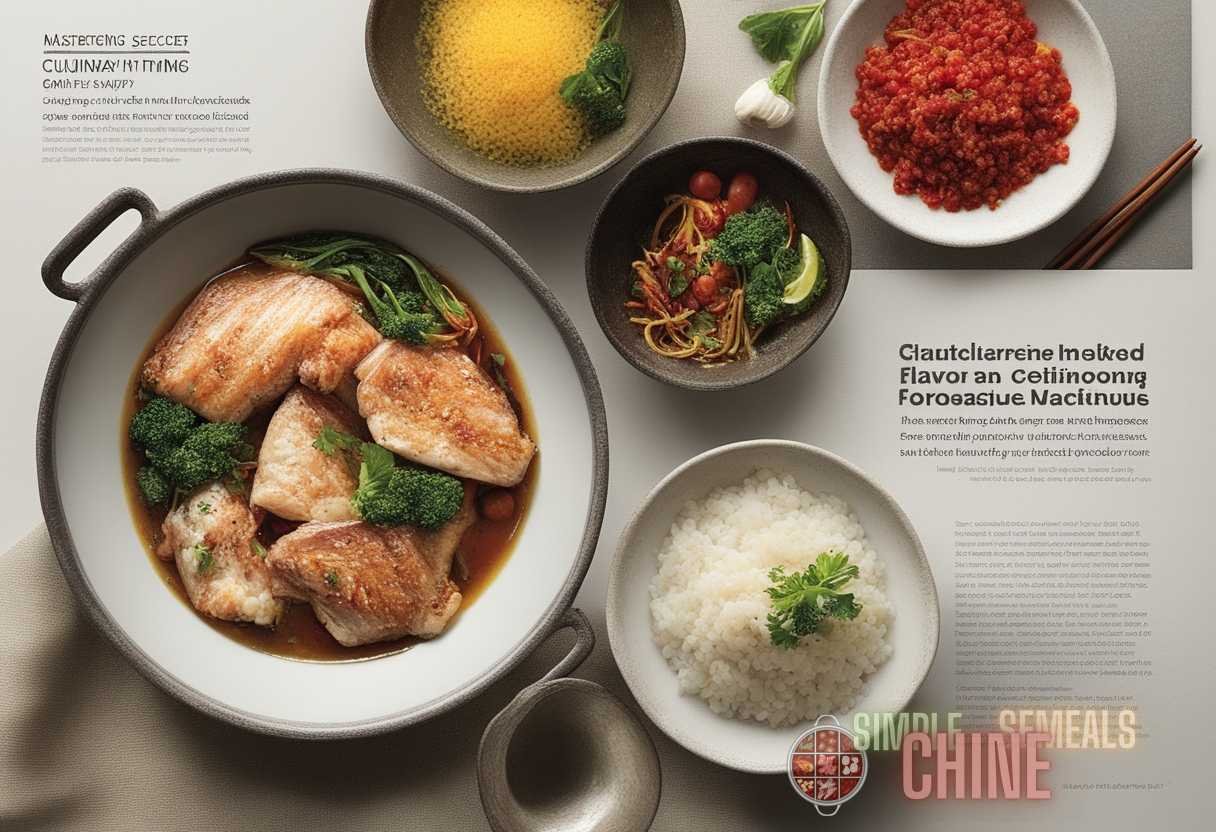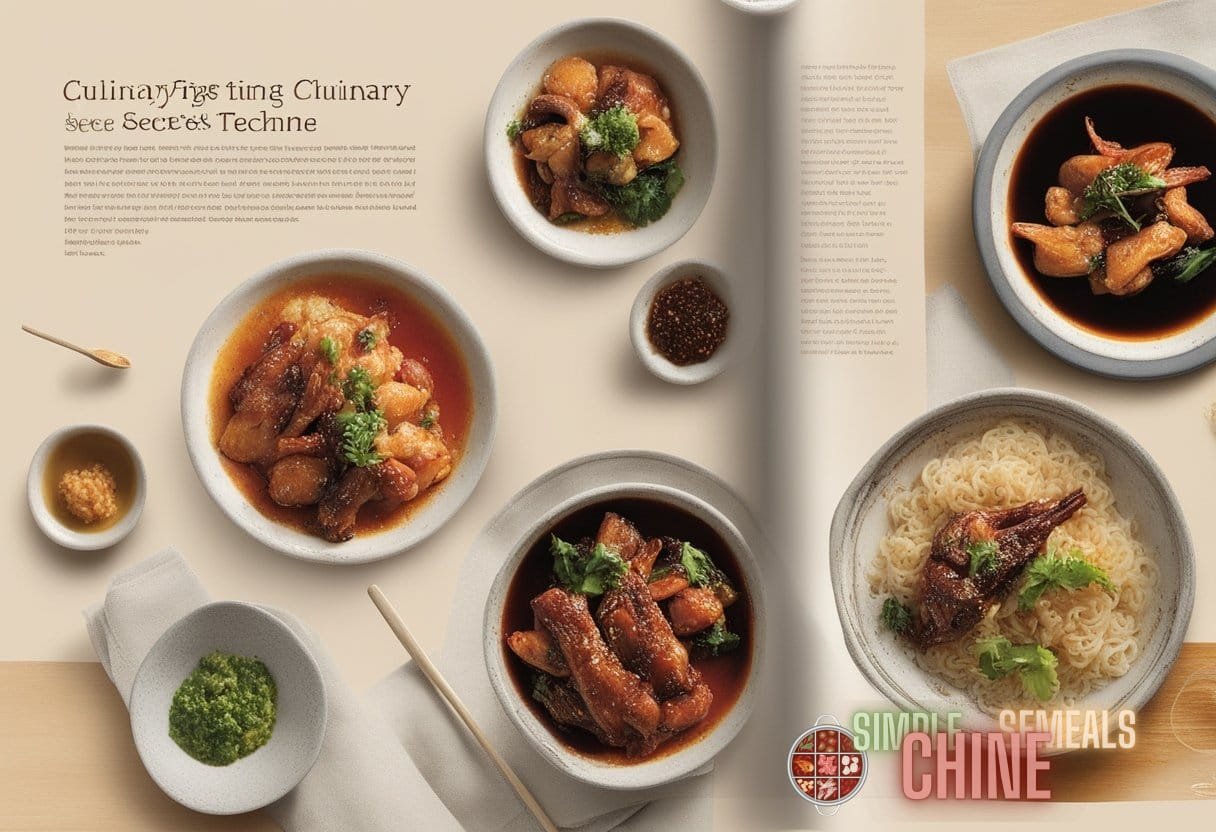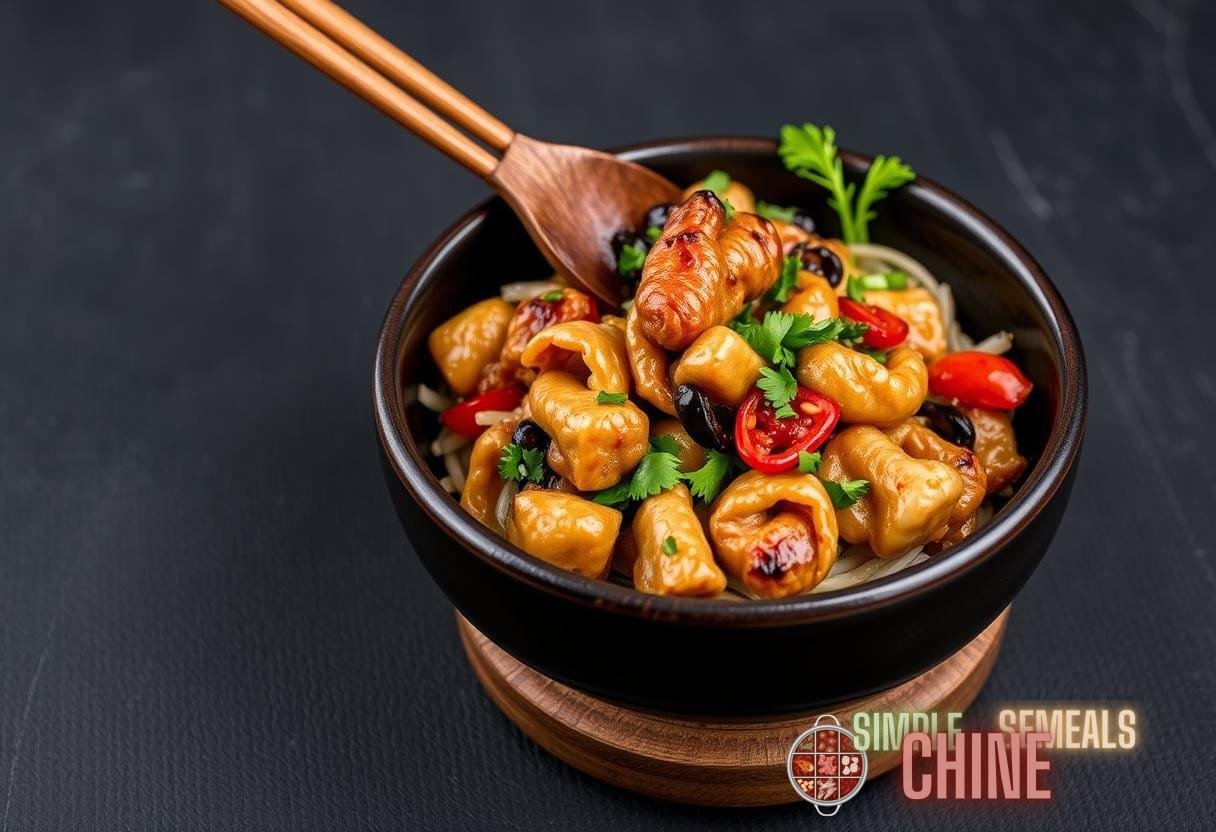Introduction
Chinese cuisine, known for its complex flavors and textures, owes much of its magic to the meticulous application of heat and sequence in cooking. Every dish is a symphony of taste, aroma, and visual appeal, achieved through precise timing and temperature control.
The Importance of Timing in Chinese Cooking
Timing is essential in Chinese cooking. It defines the texture and flavor profile of each ingredient, creating harmony within the dish. Mastery of timing allows chefs to highlight the natural umami of vegetables, enhance the tenderness of meats, and meld various spices seamlessly. The art of perfect timing goes beyond intuition—it’s a science grounded in centuries of culinary practice.
The Role of Heat
Heat management in Chinese cooking is paramount. Different heat levels can dramatically alter the outcome of a dish. Three primary levels of heat are used: high, medium, and low, each with specific purposes.
- High Heat: Ideal for stir-frying, deep-frying, and quick searing. It imparts a characteristic smoky flavor, known as “wok hei” or “breath of the wok.”
- Medium Heat: Employed for simmering soups, stews, and braising. It helps integrate flavors while maintaining the integrity of the ingredients.
- Low Heat: Suited for slow-cooking, steaming, and gentle braising. It ensures tenderization and flavor development without burning.
Sequence in Cooking: Layering Flavors
The sequence in which ingredients are added plays a crucial role in Chinese cuisine. It allows for controlled flavor release and texture development, creating a balanced dish. Understanding the logic behind the sequence is key to mastering this art.
Initial Aromatics
Aromatics form the foundation of many Chinese dishes. These usually include garlic, ginger, scallions, and chilies. They are often introduced at the beginning of the cooking process to infuse the oil, thereby creating a flavor base that permeates the entire dish.
Proteins Followed by Vegetables
Proteins are typically next in sequence and are usually cooked partially or fully before adding vegetables. This sequence allows the meat to sear and develop flavor without overcooking the vegetables, maintaining their crispness and vibrant colors.
Scientific Insights into Common Chinese Cooking Techniques
To master Chinese culinary timing, a solid understanding of specific cooking techniques is essential. Let’s explore some of the most common methods, highlighting the scientific reasoning that underpins their effectiveness.
Stir-Frying
Stir-frying involves cooking ingredients quickly over high heat while stirring constantly. This technique requires a well-seasoned wok, a hot flame, and a coordinated sequence of ingredient addition.
Stir-frying ensures that each component is cooked uniformly and retains its unique flavors and textures. Learn more about scientific wok techniques to enhance your stir-frying mastery.
- Science Behind Stir-Frying: High heat evaporates moisture quickly, preventing sogginess in vegetables and imparting the desired “wok hei” flavor. Continuous stirring ensures even heat distribution and prevents burning.
Steaming

Steaming is a gentle cooking method that preserves the nutrients and natural flavors of ingredients. It is particularly popular for delicate proteins like fish and poultry.
The science behind steaming includes maintaining a consistent water temperature and ensuring the steaming environment is sealed to trap steam, promoting even cooking. Steaming baskets can be layered to save time, cooking multiple items simultaneously.
Boiling and Blanching
Boiling and blanching are techniques used to pre-cook ingredients, particularly vegetables, and noodles, before incorporating them into more complex dishes. The key is precise timing to avoid overcooking and nutrient loss.
- Boiling: Maintains the integrity and color of vegetables while cleaning them of excess surface impurities. It’s quick, efficient, and essential for balancing textures in many dishes.
- Blanching: Involves boiling ingredients briefly and then plunging them into ice water to halt cooking, preserving their crispness and color.
Practical Tips for Perfect Chinese Culinary Timing
Mastering Chinese culinary timing involves both understanding scientific principles and applying practical tips. Here are some guidelines to ensure your dishes come out perfect every time.
Prep in Advance
Chinese cooking often demands rapid execution, making pre-preparation crucial. Chop vegetables, marinate proteins, and measure out sauces and spices before you start cooking to ensure a smooth process.
Mise en Place
Enforce the practice of “mise en place,” a French term meaning “everything in its place.” This ensures you have all ingredients ready before heating your wok or pan, reducing the risk of overcooking due to unplanned pauses.
Use a Thermometer
Investing in a food thermometer can greatly enhance your ability to control cooking temperatures, ensuring proteins are cooked to the right internal temperature and reducing the risk of foodborne illnesses.
Control the Heat
Learn how to quickly adjust your heat settings. For instance, if a stir-fry starts to smoke too much or ingredients appear to be overcooking, reduce the heat immediately to avoid burning.
Conclusion
Understanding and mastering the science of Chinese culinary timing opens up a world of delectable possibilities. By focusing on heat control and precise sequencing, you can transform simple ingredients into culinary masterpieces. Whether you’re a novice or an experienced cook, these principles will aid you in achieving the perfect balance of flavors and textures in your dishes.
For further exploration, consider reading this comprehensive guide to Chinese culinary mastery. And remember, as with all cooking techniques, practice is key—so get into the kitchen and start experimenting with these time-honored methods.



